Caulking Tools Overview

This article provides a general overview of caulking tools. A chisel and shovels for caulking a log house with their own hands are characterized. The answer is given to the question, the better to caulk a house from a bar, the products of which brands should be trusted.
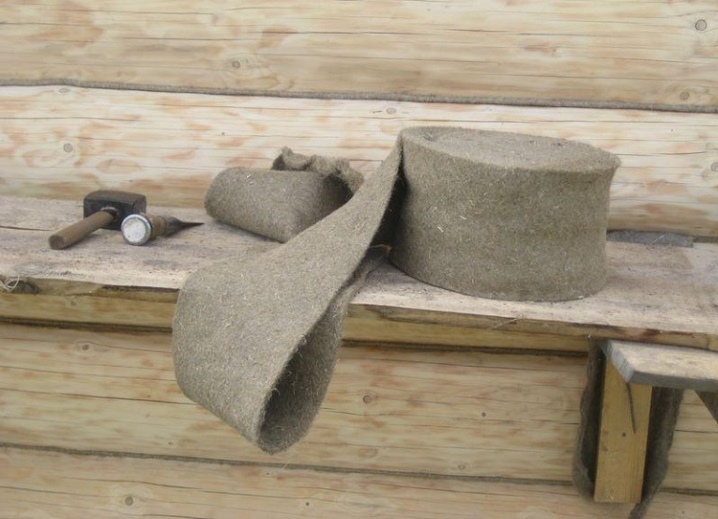
Primary requirements
Houses made of timber and logs are being built in a fairly large number. And these structures have many advantages. However, after the end of construction, the building immediately begins to dry out. As a result, it is impossible to avoid a significant change in the geometric shape of buildings and their individual parts. You can't do without caulking the house with your own hands.
For the procedure to be performed correctly, you will have to strictly adhere to the basic requirements. And first of all - carefully select the material that will fill the void between the logs and the timber... However, the tool that will be used for do-it-yourself caulking is also not indifferent.
The handles of the fixtures should be made of rubber with a pronounced relief.
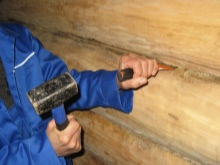
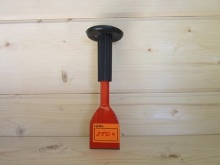
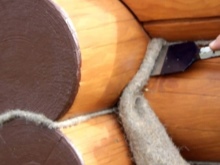
The sharpness of the blade is contraindicated. If it is too sharp, there is a high risk of deforming the material to be sealed instead of laying it correctly. For the same reason, use of rough tools should be avoided. When clinging to them, the insulation is often torn or pulled out. General recommendations are as follows:
-
on the seams, it is most correct to work with inlaid caulking;
-
it is more convenient to handle rounded areas with a curved caulk, with a slightly smaller blade width than in the previous case;
-
a fork-shaped tool, which has an alternative name - "road builder", helps to create rolls of heat-shielding material when laying in a stretch;
-
a split unit is best for expanding narrow seams, where it is very difficult to place insulation.
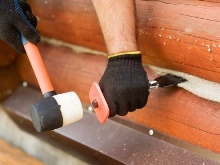

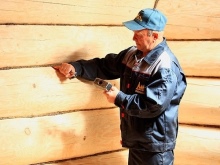
Varieties of caulk
This instrument is quite simple in its execution. It is a metal or wood-derived blade. The simplest caulk can be obtained from pine or birch scraps. The blade is selected so that it matches the grooves of the log house.
But it is important to understand that such a tool quickly deteriorates over time.
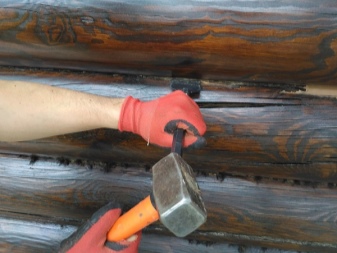
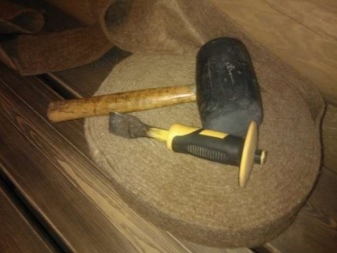
To at least slightly compensate for this moment, they use hard woods. The blade has a pointed blade part and a handle. Therefore, the sealing of the joints is quite simple. The so-called main caulk can reach a length of 15-25 cm. At the same time, it is 5 cm wide, and the normal thickness reaches 0.5 cm (a deviation from this indicator is not too justified). All main blades are flat. The typesetting tool is different. It is further divided into:
-
large;
-
medium;
-
narrow group (according to the processing area).
To work with the corners of a log house, you must use a curved device. Curved caulking is used to correct non-uniform gaps and grooves. The same curved tool helps you work in corners and in rounded areas. The blade is the same thickness as the straight device. But its width can vary from 5 to 6 cm.
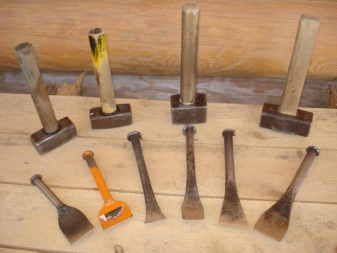
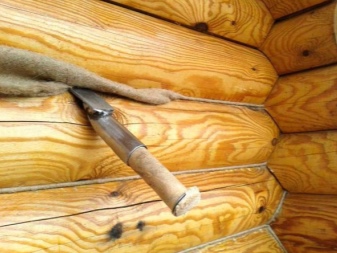
When it is planned to close up corner joints, it is more correct to take metal, and not wooden caulkers. The wedge-shaped type of tool (also called a split tool in a number of sources) has a blade no wider than 3 cm, which simplifies penetration into hard-to-reach grooves. Such a device is suitable even for profiled beams. It is worth paying attention to the road builders already mentioned above.
These caulks have a wide (17 cm) blade.The thickness ranges from 0.8 to 1.5 cm. The provided longitudinal groove reaches a depth of 1 cm. This design makes it easier to twist the rollers.
Road workers can increase the overall performance, but it is important to consider that there are three of their size options, depending on the size of the groove.
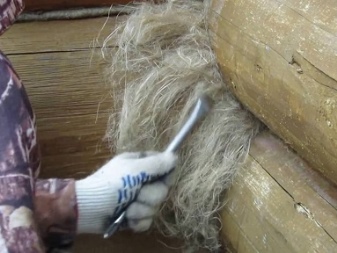

Other tools
It is absolutely impossible to limit yourself with a spatula for a log house. When planning to use natural materials, you should stock up on a mallet. The blows of a rubber or wooden hammer allow you to perform the work as flexibly and accurately as possible without damaging the insulation. In the lines of advanced manufacturers, there is also a special chisel.
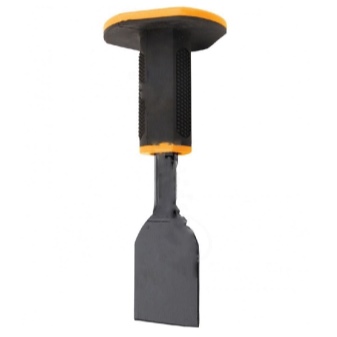
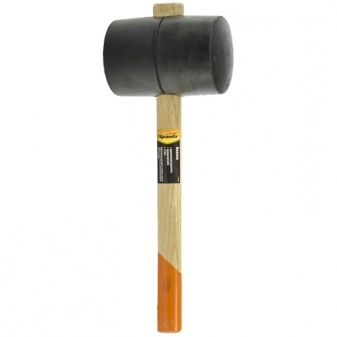
A simple chisel can also be adapted for caulking. It is required to choose a tool that is not too thick with a metal blade of about 0.5 cm. A simple carpentry device is too narrow, they will have to work for a very long time and tiring. The minimum width is 10 cm. In some cases, an electric caulking option (with a perforator) is used.
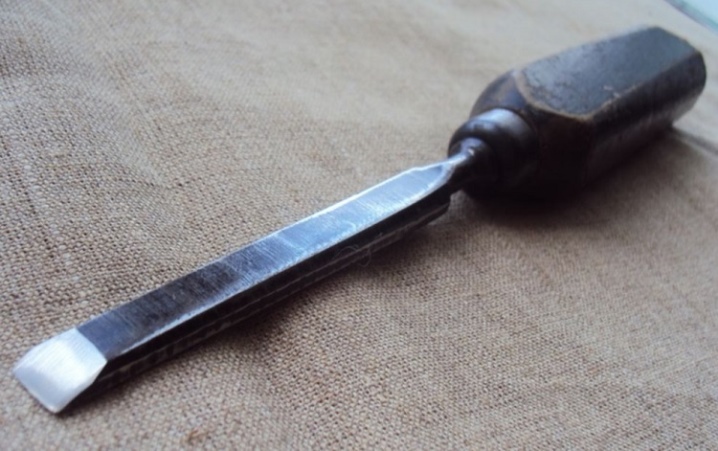
Work productivity increases. However, a power tool does not allow you to work as delicately and scrupulously as a handheld device. There is a great risk of damaging logs or timber. The perforating device does not provide the ability to accurately deliver blows. Sealing of the seams will not be of a very high quality, and therefore qualified builders avoid perforators, they rarely also use a pneumatic chisel.
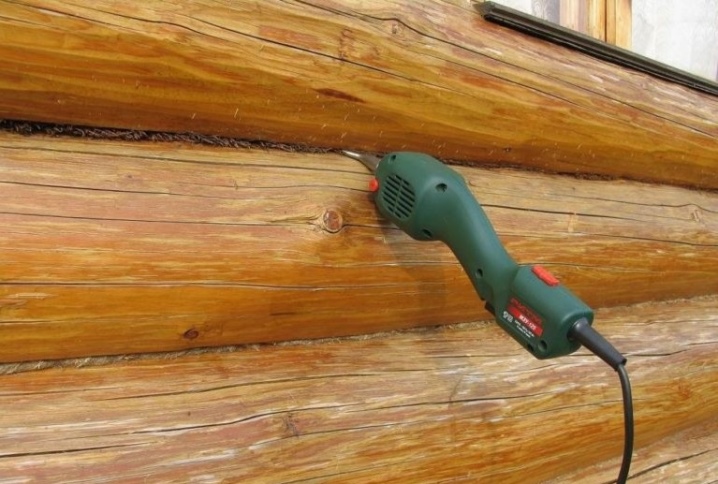
Popular brands
The manual impact-lever caulking tool is supplied by Stayer... A good example in this sense is the 2125 tread caulk chisel. The device allows you to dismantle brick and concrete structures. The working unit is made of metal and therefore serves for years. The rubber-coated handle makes it easier to grip and avoids hammering on the hand. The chisel is 23 cm long and weighs 440 grams.
Noteworthy is the device from Gross... The 200x45 mm model (index 18714) works great with both stone and metal. The working element is made of steel with vanadium and chromium additives. It is stronger and more stable than conventional versions. The handle is made to prevent slipping in the hand.
Modification 18707 from the same brand "Gross" has a size of 215x70 mm, weight 0.64 kg. The device is practical and reliable. The working block is sharpened on both sides, made of extra strong steel that lasts a long time. The enamel will prevent corrosion on the blade. The three-piece handle is comfortable to use, and the wide rim on the caulking handle reduces the risk of hitting the hand.
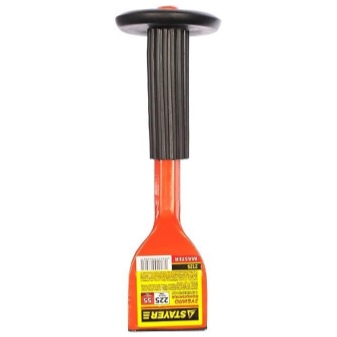
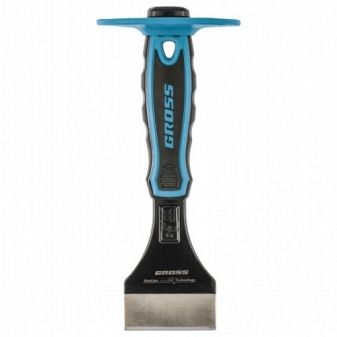













The comment was sent successfully.